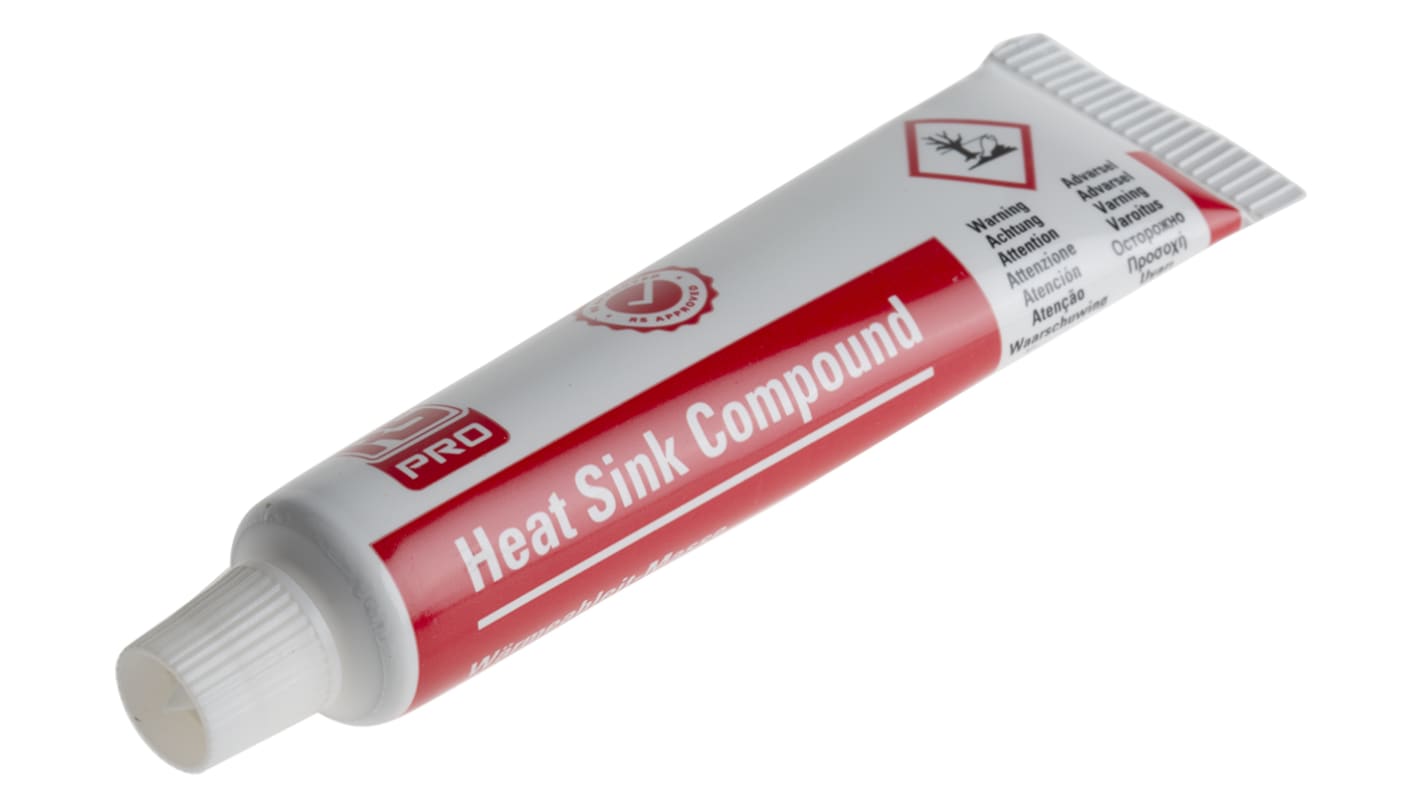Pasta térmica con óxido metálico, 0.65W/m·K, temperatura entre -40 °C → +200 °C, 20 ml
- Código RS:
- 554-311
- Fabricante:
- RS PRO
Descuento aplicable por cantidad
Precio Unidad**
9,81 €
(exc. IVA)
11,87 €
(inc.IVA)
10 Entrega en 24 horas*
Disponible para entrega en 6-8 días laborables.
* Las fechas de entrega pueden variar en función de la cantidad elegida y la dirección de entrega.
Entrega GRATUITA para pedidos superiores a 80,00 €
Unidades | Por unidad |
|---|---|
| 1 - 5 | 9,81 € |
| 6 - 14 | 9,41 € |
| 15 + | 9,23 € |
**precio indicativo
Enlaces relacionados
- Pasta térmica adhesiva temperatura entre -50 → +230 °C, 75mL
- Grasa térmica sin silicona temperatura entre -40 → +130 °C., 35 ml
- Grasa térmica Silicona temperatura entre -40 → +200 °C, 20 ml
- Pasta antigripante de montaje CRC ASSEMBLY PASTE (FPS) apto para...
- Pasta de soldadura CHIPQUIK TS391AX10 Thermally Stable Solder...
- Grasa térmica Silicona temperatura entre -40 → +180 °C, 30g
- Pastas para Soldadura
- Pastas de Diamante

